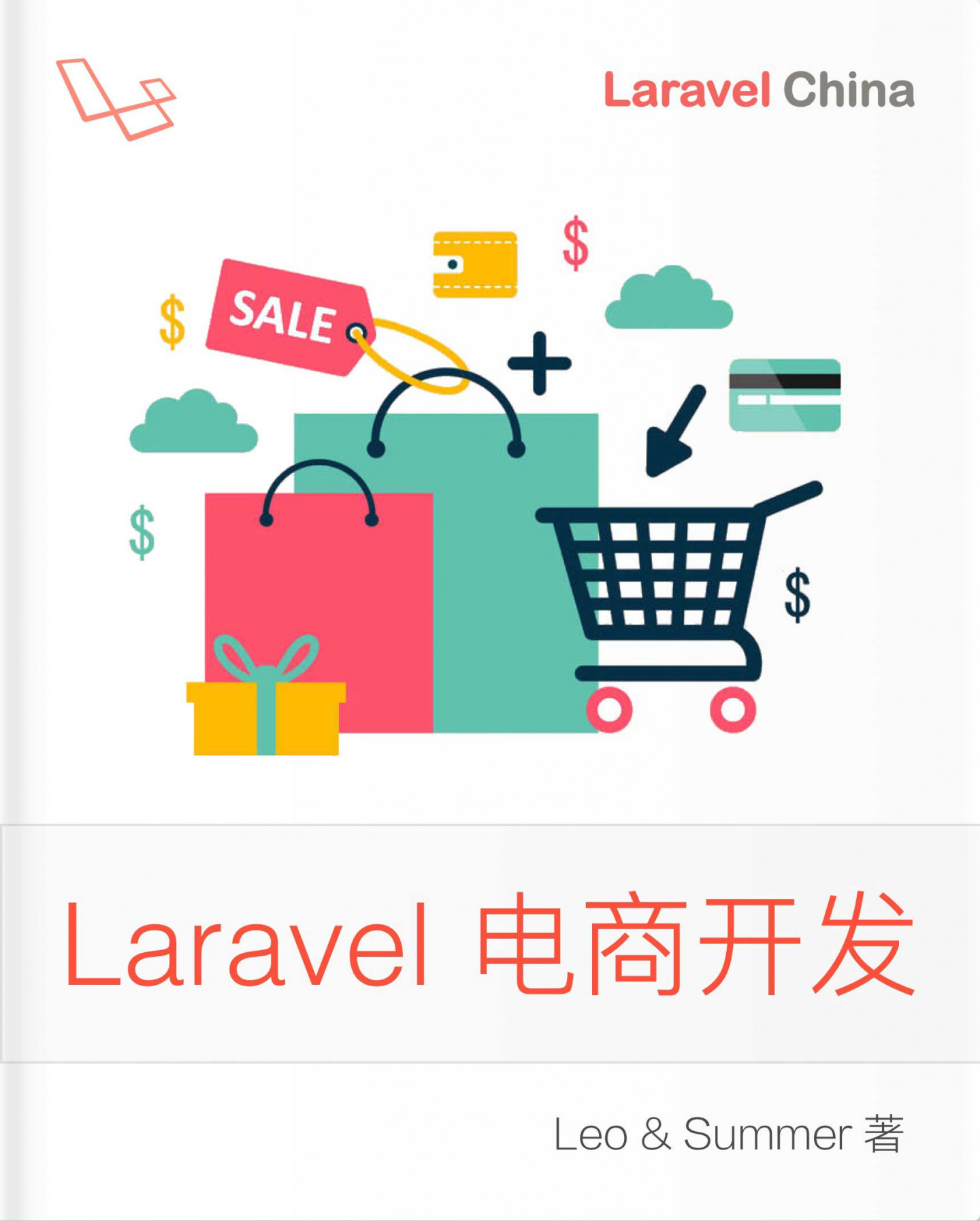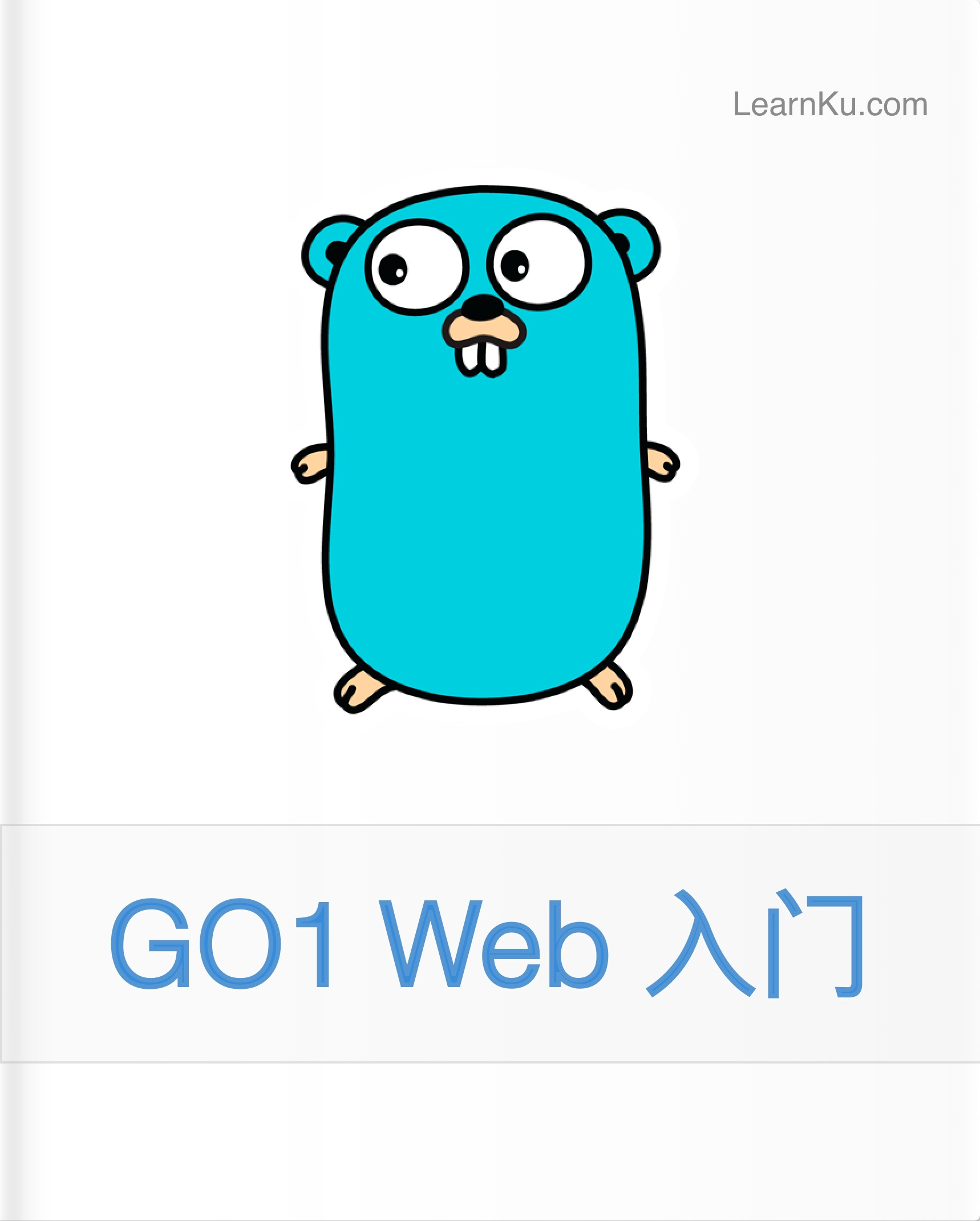分享一个Laravel中的管道的使用实例
从代码的角度介绍管道的实际使用方式。有关管道的说明,网上已有较多的篇幅介绍,自行查阅。
本篇博客是使用管道处理名字, 实现统一处理的目的。
背景:
目前能找到的使用管道的介绍也很多,大多停留在对其介绍和引导,真正的深入到代码的部分不多。根据介绍,使用管道也有一定的阻碍,这里分享一篇关于使用管道的详细的代码实例,仅供参考。
本篇介绍是自己真实使用的过程的代码摘录,亲自测试,真实可用。只为抛砖引玉,不喜勿喷。
一、控制器
路由器部分
Route::get('/pipe', ['as'=>'pipe', 'uses'=>'PipeController@index']);控制代码
<?php
namespace App\Http\Controllers;
use App\Pipes\LeftWords;
use App\Pipes\RightWords;
use App\Pipes\BothSidesWords;
use Illuminate\Http\Request;
use Illuminate\Pipeline\Pipeline;
use App\User;
use Illuminate\Support\Str;
use Illuminate\Support\Facades\Hash;
class PipeController extends Controller
{
/* 定义管道
*
* 第一步处理
* 第二部处理
* 第三部处理
* */
protected $pipes = [
LeftWords::class,
RightWords::class,
BothSidesWords::class,
];
// 首页
public function index(Request $request){
$name = $request->input('name');
// $name = Str::random(10);
return app(Pipeline::class)
->send($name)
->through($this->pipes)
->then(function ($content) {
return User::create([
'name' => $content,
'email'=>Str::random(10).'@gmail.com',
'password'=>Hash::make('password'),
]);
});
}
}
二、管道部分
目录结构如下:
├─app
│ │ User.php
│ ├─Http
│ │ ...
│ │
│ ├─Models
│ │ ...
│ │
│ ├─Pipes
│ │ │ BothSidesWords.php
│ │ │ LeftWords.php
│ │ │ RightWords.php
│ │ │
│ │ └─Contracts
│ │ PipeContracts.phpinterface的代码
路径app/Pipes/Contracts/Pipe.php下的代码如下:<?php namespace App\Pipes\Contracts; use Closure; interface PipeContracts { public function handle($body, Closure $next); }三个管道的类的代码
LeftWords.php的代码<?php namespace App\Pipes; use App\Pipes\Contracts\PipeContracts; use Closure; class LeftWords implements PipeContracts{ public function handle($body, Closure $next) { // TODO: Implement handle() method. $body = 'left-'.$body; return $next($body); } }LeftWords.php的代码<?php namespace App\Pipes; use App\Pipes\Contracts\PipeContracts; use Closure; class RightWords implements PipeContracts{ public function handle($body, Closure $next) { // TODO: Implement handle() method. $body = $body.'-right'; return $next($body); } }BothSidesWords.php的代码<?php namespace App\Pipes; use App\Pipes\Contracts\PipeContracts; use Closure; class BothSidesWords implements PipeContracts{ public function handle($body, Closure $next) { // TODO: Implement handle() method. $body = '['.$body.']'; return $next($body); } }这里我们使用管道默认的方法
handle,你可以自定义方法名。像下面这样定义myHandleMethod为处理方法名称。return app(Pipeline::class) ->send($name) ->through($this->pipes) ->via('myHandleMethod') ->then(function ($content) { return User::create([ 'name' => $content, 'email'=>Str::random(10).'@gmail.com', 'password'=>Hash::make('password'), ]); });你这样定义后,修改你的
interface,同时修改你的实现类即可。三、结果说明
访问
http://localhost/pipe?name=lisa之后,能成功打印出获取的结果。User表内部,有数据保存成功。{ "name": "[left-lisa-right]", "email": "3riSrDuBFv@gmail.com", "updated_at": "2020-09-05T05:57:14.000000Z", "created_at": "2020-09-05T05:57:14.000000Z", "id": 15 }
本作品采用《CC 协议》,转载必须注明作者和本文链接






 关于 LearnKu
关于 LearnKu




推荐文章: